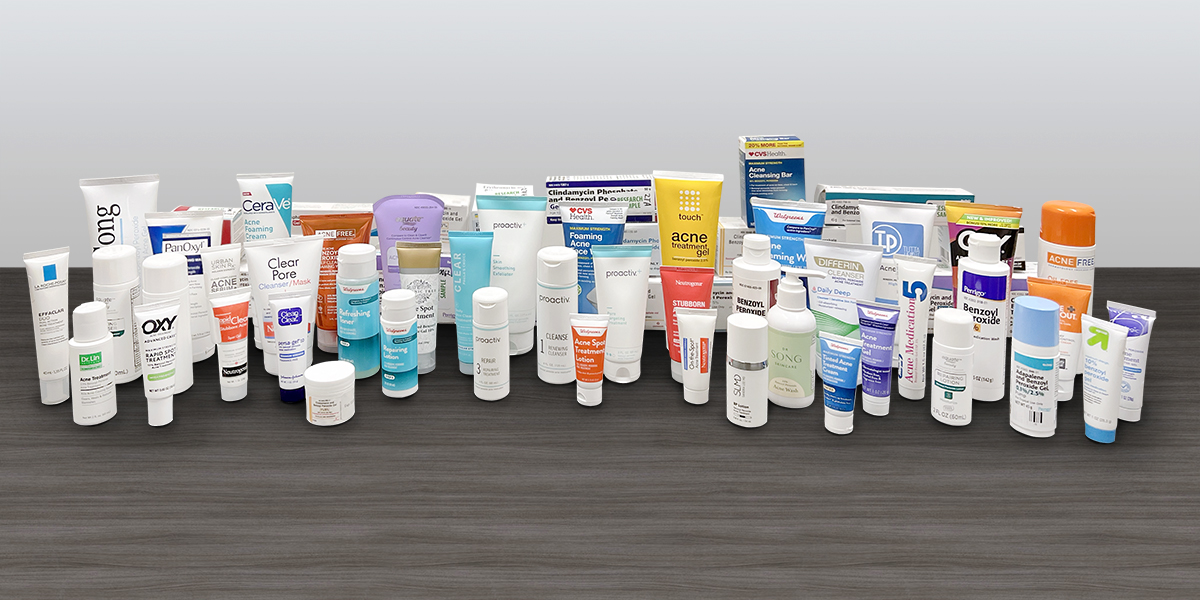What is "Stability Testing" & Why it's Important
Evaluating the entire lifecycle of a product is the very important purpose of stability testing.
On March 6, 2024, Valisure announced its detection of benzene in benzoyl peroxide products. At Valisure, we understand this is a complex topic and want to share further information of the importance of stability testing:
Before addressing stability testing, it's useful to understand the results for "Day 0" in Figure 4, which are levels of benzene detected at room temperature, before the products were incubated. Of the 66 benzoyl peroxide products tested, 10 products had over 10 ppm of benzene and 19 products had over 2 ppm, which means many products already had unacceptably high benzene levels when Valisure purchased them.
However, the benzene found in these BPO products is a very different situation from the benzene contamination in sunscreens and other products where the benzene was a raw material contaminant and the amount of benzene "on the shelf" would not change. The important point about the "Day 0" benzene levels in BPO products is that they don't stay the same, the level of benzene can increase because the benzoyl peroxide itself is unstable and makes more benzene over time, especially with any exposure to elevated temperatures. Even if a product is clean when purchased, it can form high levels of benzene over time, even sitting in a medicine cabinet. This is where the crucial importance of stability studies come in, which are regulatory requirements.
The purpose of stability studies is not to copy the conditions of an average consumer, rather, the purpose is to ensure the product is safe to use for the entire products lifecycle, from manufacturing through distribution to its expiration date, often a total of 3 years for pharmaceutical products. Products must be stable during this entire time and through all the possible “bumps” along the road. It is common to condense the total stability of a product intended for multiple years of use by performing "accelerated" stability studies that elevate the temperature for a few months. For example, according to publicly available calculators, 3 years of room temperature stability is equal to about 169 days at 50°C (122°F). Valisure broadly observed dramatically high levels of benzene in only 18 days at 50°C.
Furthermore, FDA specifically prefers this testing approach, as outlined in its regulations on storage conditions: "Stability studies should be conducted on product stored under normal storage conditions or, preferably, under exaggerated conditions."
A consumer may not leave a product in a hot shower or hot car for many days in a row, but over the course of 3 years, many of these kinds of events can add up, in addition to the years of slower degradation that still happens at lower temperatures. Evaluating this entire lifecycle of a product is the very important purpose of stability testing.
A particularly relevant example is Zantac (ranitidine). In 2019, Valisure filed an FDA Citizen Petition showing that the ranitidine molecule is fundamentally unstable and degrades to form high levels of the carcinogen NDMA. By 2020, FDA requested that manufacturers withdraw all ranitidine drug products from the market due to FDA’s finding that “NDMA has been found to increase significantly in samples stored at higher temperatures, including temperatures the product may be exposed to during distribution and handling by consumers.” Published data shows that Zantac was stability tested at 70°C (158°F) for two weeks and formed approximately 1 times the regulatory limit for NDMA; whereas benzoyl peroxide products can form over 800 times the conditional regulatory limit for benzene in two weeks at the lower temperature of 50°C.




